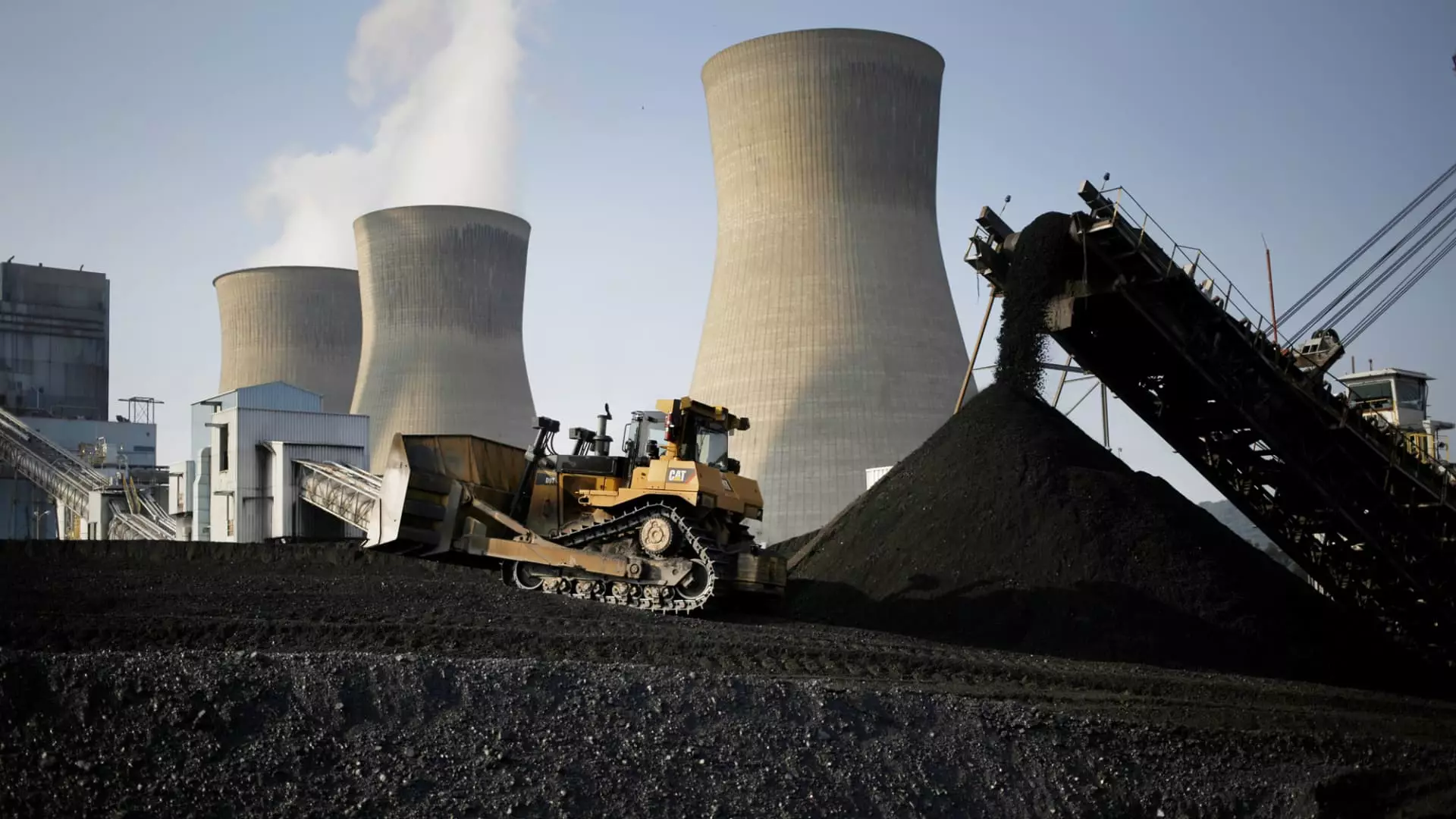As concerns over climate change escalate globally, the need for reliable and sustainable energy sources has never been more critical. Among various alternatives, nuclear energy stands out as a pivotal player in the quest to reduce carbon emissions while meeting America’s growing electricity demands. Recent statements from key figures in the nuclear energy sector underscore the urgency of tripling the nation’s nuclear capacity. Mike Goff, acting assistant secretary for the Office of Nuclear Energy at the Department of Energy, has notably highlighted the need for the U.S. nuclear fleet to expand significantly in light of rising energy consumption, ambitious climate goals, and the ongoing transition from coal to cleaner energy sources.
Currently, the United States operates the largest fleet of nuclear reactors in the world—94 in total—yet this impressive number will not suffice to meet projected energy needs. Goff’s vision calls for an addition of approximately 200 gigawatts of nuclear energy, which translates to the establishment of around 200 new reactors. Such projections are supported by a global coalition from December 2022, including financial backing from major banks like Goldman Sachs and Bank of America, aiming for these ambitious developments to be realized by 2050. This pledge demonstrates a significant shift in mindset, framing nuclear power as a cornerstone of America’s future energy strategy.
The upcoming restart of Three Mile Island is an important reference point for this discussion. Once the site of a notorious accident in 1979, the plant is now poised for renewed life under the management of Constellation Energy, targeting a reactivation by 2028. Importantly, the reactor being brought back online is not the one that suffered the meltdown, alleviating some public concern regarding safety. Interestingly, tech giant Microsoft has committed to sourcing electricity from Three Mile Island to help meet the immense energy requirements of its expanding data centers—reinforcing the idea that nuclear power is well-suited to provide stable, baseload power for large energy consumers.
However, while restarting existing reactors can contribute incremental power, Goff warns that this approach will only provide a small fraction of the nuclear power needed. The reality remains that the number of shut-down plants available for recommissioning is limited. For meaningful progress to occur, the U.S. must also focus on building new nuclear facilities to ensure a reliable and considerable energy supply.
Interestingly, the existing infrastructure left by the coal industry provides a strategic advantage as the country moves toward nuclear development. Communities that once relied on coal could serve as prime locations for new nuclear plants. A recent Department of Energy analysis indicates that approximately 36 states could accommodate up to 174 gigawatts of nuclear power based on previously operational coal sites. Utilizing these areas allows for the efficient transfer of power through existing transmission lines, which significantly mitigates the challenges often associated with securing new grid connections.
Moreover, existing coal employees possess vital energy industry experience and could transition into roles in the nuclear sector, helping to alleviate workforce shortages. In fact, Goff estimates that building nuclear plants on former coal sites could facilitate a cost reduction of around 30%, making the economics of new projects more attractive to potential investors.
Addressing Financial Hurdles to New Development
Despite these advantages, the U.S. nuclear sector faces considerable challenges in expanding its capacity, with high construction costs and protracted timelines often derailing projects. For instance, the Vogtle expansion in Georgia serves as a cautionary tale, incurring over $30 billion in costs and taking seven years longer than forecasted. These financial hurdles underline the necessity of methodical planning and innovative approaches to project management if new nuclear facilities are to be successfully established.
According to the DOE, the U.S. could see a path for nearly 269 gigawatts of new nuclear power by strategically leveraging retired coal and operational nuclear sites. However, realizing this potential depends on advancing smaller nuclear designs that can be deployed more quickly and in greater numbers. Although these designs remain in development, the increasing energy requirements driven by sectors like data management, manufacturing, and broader electrification trends may stimulate further investments in traditional, larger reactors.
While the restart of reactors like those at Three Mile Island provides hope, officials like Goff stress the importance of maintaining existing nuclear facilities. The U.S. has faced a decade of reactor closures due to competition with cheaper alternatives, notably natural gas. However, changing economic landscapes brought about by both federal support and increasing recognition of nuclear’s role in achieving carbon-free energy make this a crucial moment for the industry.
As Constellation advances its plans in Pennsylvania, other initiatives, such as the potential restart of Michigan’s Palisades plant, demonstrate an emerging trend toward revitalizing existing assets. With the backing of regulatory bodies, these movements could herald a new chapter for nuclear energy in the U.S., ultimately shaping the landscape of American energy for generations to come.
The journey toward a robust nuclear future will demand careful planning, community involvement, and technological innovation. If properly harnessed, the existing nuclear infrastructure, combined with forward-thinking investment in new plants, has the potential to be both a sustainable and reliable cornerstone in America’s energy strategy.

